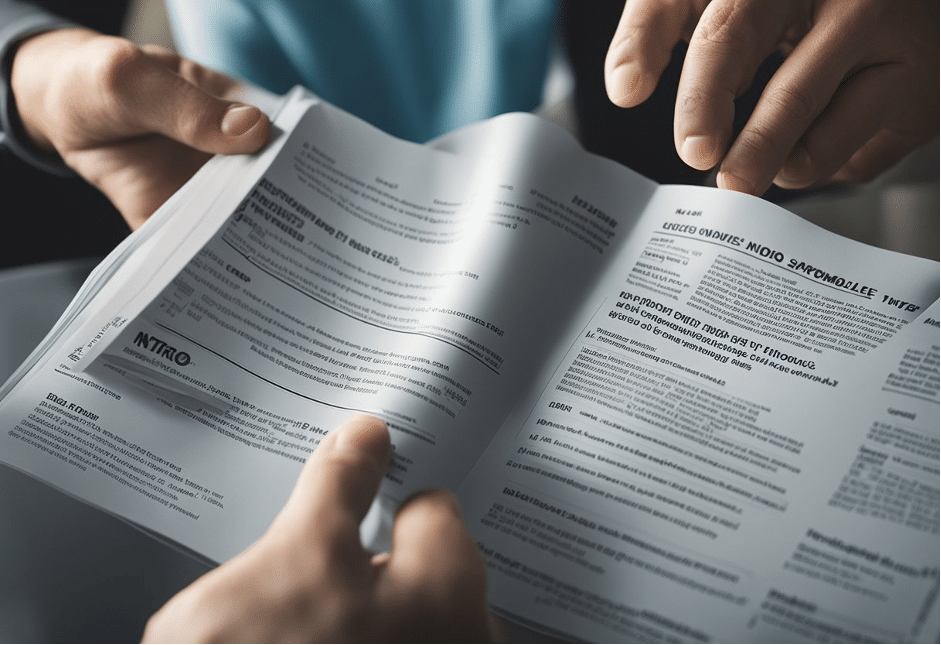Understanding Nitrous Oxide
Nitrous oxide, also known as NOS or “laughing gas,” has diverse uses in medical, industrial, and recreational settings. While it offers certain benefits, it’s essential to recognize its health effects and risks.
Chemical Properties and Uses
Nitrous oxide (N₂O) is a colorless, odorless gas with a slightly sweet taste. It is often used as an analgesic and anesthetic in medical and dental treatments because it can reduce pain and anxiety. In medical settings, it’s commonly mixed with oxygen to ensure patient safety.
In industrial applications, N₂O is utilized for its oxidizing properties. It can enhance combustion, making it valuable in automotive performance, particularly in racing to increase horsepower significantly. Its ability to accelerate reactions makes it useful in various technological processes.
Recreationally, nitrous oxide is used for its psychoactive effects, creating brief feelings of euphoria. It’s often inhaled from whip cream chargers or balloons, which can be risky without proper precautions.
Health Effects and Risks
Using nitrous oxide can have several short-term and long-term health effects. Short-term effects include dizziness, euphoria, and unconsciousness. Prolonged exposure can lead to more severe issues, such as neurological damage and impaired motor function.
One of the primary risks of nitrous oxide is its ability to displace oxygen, leading to asphyxiation if used in closed or poorly ventilated areas. This risk highlights the importance of proper ventilation during use.
Long-term exposure to nitrous oxide can cause serious health issues, including infertility and vitamin B12 deficiency, potentially leading to long-lasting nerve damage. Contact with liquid nitrous oxide can cause severe frostbite, a lesser-known but significant concern.
Understanding these risks is crucial for anyone contemplating using or working with nitrous oxide. Proper usage and taking necessary safety measures can help mitigate many of the health effects associated with nitrous oxide.
Safe Usage Guidelines for Nitrous Oxide

When using nitrous oxide, it’s crucial to ensure you’re prepared with the right equipment and to closely monitor the administration. Knowing how to respond to any adverse reactions is also vital.
Preparation and Equipment
Before using nitrous oxide, gather the necessary equipment. You’ll need a mask that fits comfortably yet securely over your nose and mouth. Ensure the canisters are stored properly and always check for any leaks or signs of damage. It’s important to work in a well-ventilated area. Avoid using nitrous oxide near open flames, as it is a propellant gas.
Have safety measures in place, like scavenging systems to direct gas outdoors, which help reduce unnecessary exposure. Make sure you have a reliable oxygen source ready in case the nitrous oxide needs to be rapidly neutralized.
Administration and Monitoring
When administering nitrous oxide, start with low doses. Observe the user for any immediate reactions like euphoria, dizziness, or tingling. Adjust the levels incrementally to avoid overwhelming effects. For adults, always use the mask correctly, ensuring it fits snugly and directs the gas efficiently.
Continuous monitoring is essential. Look for signs of discomfort, confusion, or irregular heartbeat. If you notice any severe symptoms like severe dizziness or hallucinations, remove the mask and increase oxygen flow immediately. Never leave the person unattended, especially during their first experiences with nitrous oxide.
Responding to Adverse Reactions
Adverse reactions to nitrous oxide can range from mild to severe. If someone experiences slight dizziness or a headache, halt the intake and have them breathe fresh air. In cases of more severe reactions like unconsciousness or hallucinations, act swiftly; remove the mask and provide pure oxygen.
It’s important to be informed about the local laws surrounding nitrous oxide, like the Misuse of Drugs Act and the Psychoactive Substances Act. These regulations are in place to prevent anti-social behaviour and improper usage that can lead to registered deaths or associated crime. Stay informed and always prioritize safety when using nitrous oxide.
Legal Considerations and Potential Misuse

Understanding the law and potential misuse scenarios is crucial for anyone considering nitrous oxide use. This section provides an overview of the legal framework surrounding nitrous oxide and the consequences of its improper use.
Regulatory Framework
Nitrous oxide, known as laughing gas, is regulated under various laws depending on its use. For medical purposes, it is widely accepted across all states. It’s legal for creating whipped cream in culinary contexts and for automotive uses under certain conditions.
In many regions, including places governed by the Misuse of Drugs Act or the Psychoactive Substances Act, selling nitrous oxide to minors and recreational use are restricted. Retailers should follow these regulations to avoid contributing to misuse.
A significant concern is the use of nitrous oxide from whipped cream canisters, often called “whippits.” They are easy to obtain and thus subject to special scrutiny.
Consequences of Improper Use
Misuse of nitrous oxide can lead to severe consequences. Immediate effects include euphoria and dissociation, which can result in adverse effects like hallucinations and loss of motor control. Long-term misuse can cause psychiatric issues such as depression and anxiety.
There is also a significant risk of physical harm. Chronic misuse can result in conditions like subacute combined degeneration, affecting the spinal cord and nervous system. Users may experience numbness, weakness, and other neurological problems.
Improper disposal of canisters can contribute to litter and environmental harm. Misuse often leads to anti-social behavior, increasing crime rates and causing community concerns.
Consulting local guidelines and understanding the risks can help prevent abuse and its associated harms. If you witness unsafe practices, it is crucial to inform the relevant authorities to promote safety and health in your community.
Frequently Asked Questions

Understanding how nitrous oxide can affect your body and how to use it safely is crucial. Here are the answers to some common concerns.
What are the potential side effects of long-term nitrous oxide use?
Long-term use of nitrous oxide can result in vitamin B12 deficiency. This can cause numbness in the extremities, balance problems, and anemia. You may also experience cognitive impairments and mood swings.
How can nitrous oxide affect brain function?
Nitrous oxide can deplete vitamin B12, which is essential for brain health. This depletion can lead to nerve damage and cognitive issues. You may notice symptoms such as memory loss or difficulty concentrating.
What are the symptoms of a nitrous oxide overdose?
Overdosing on nitrous oxide can cause severe symptoms. These include intense headaches, dizziness, loss of consciousness, and difficulty breathing. If you experience any of these signs, seek medical attention immediately.
How can one ensure safety when using nitrous oxide for the first time?
Ensure you are in a safe, controlled environment. Always use equipment specifically designed for nitrous oxide. Have a trusted person with you who can help if something goes wrong. Follow dosage guidelines carefully.
What precautions should be taken to minimize negative after-effects the day after using nitrous oxide?
Hydrate well and avoid strenuous activities. Rest is important to help your body recover. Eating a nutritious diet rich in vitamins, especially B12, can also help mitigate after-effects.
Are there any specific substances or activities to avoid when planning to use nitrous oxide?
Avoid mixing nitrous oxide with alcohol or other drugs, as this can increase risks. Refrain from engaging in activities that require high levels of concentration or coordination, such as driving, immediately after use.
